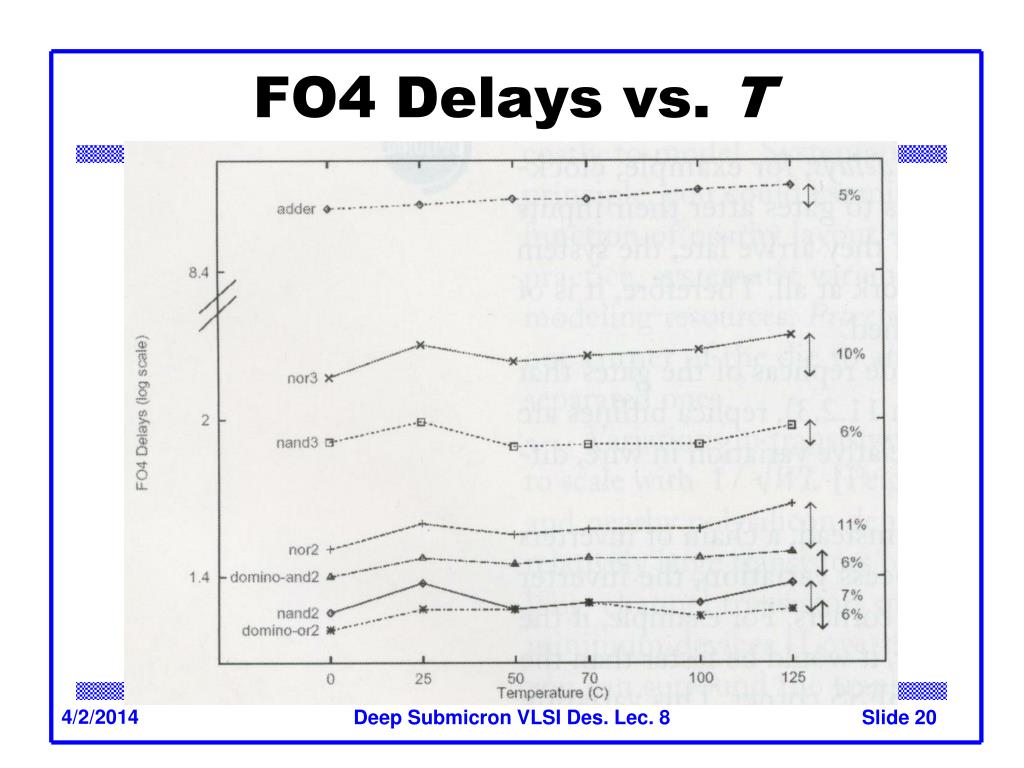
Then, I would have the same millis()command and interrupt working accurately. Please refer to fpiSTM's comment.īased on mrburnette, I should also be able to use an external clock (LSE or HSE) source while I have deep sleep mode. However, I was faced with the timing inaccuracy while using millis() command.

I replaced sleep mode with deep sleep mode. The total average current consumption of the whole system is about 5 mA thanks to working around clocks, sleep mode, etc.Ħ.

I use sleep mode whenever I need either a time delay or during that remaining time of the loop.ĥ. Therefore, at the end of the loop, I might have few seconds left which is good for further power saving while the interrupt service routine has to keep running.Ĥ. The total time of the whole operation in the loop varies.
Arduino delay vs sleep software#
I use the internal RTC of STM32 to activate a software interrupt, to read few sensors every 10 ms within a main loop (fixed in 10 sec).ģ. I do everything to lower power consumption in my working application.Ģ. I could then very accurately tell how much time my Arduino spends taking more than 3.5 mA between the sleep cycles.1. Since my Arduino uses around 5 mA when it is powered on, it should be able to detect it. If I'm reading the specs correctly, it can detect current above 3.5 mA and can respond to current changes within 5 microseconds. So i think my next step is to buy something like this: SparkFun Current Sensor Breakout - INA169 - SEN-12040 - SparkFun Electronics
Arduino delay vs sleep how to#
It seems that if I want to do it correctly, I need to figure out how to monitor current changes down to millisecond, so that I can get an accurate picture. Maybe the problem is smaller than I expected. I don't have equipment to monitor current.

I'm monitoring the time, not the current. How do you get that 300ms figure? Are you monitoring the current? Or are you timing how long the sleep lasts? IIRC the WDT isn't calibrated very carefully, and may be off from the target speed by a few percent. It just says that you need to take it into account and that it can take up to 65ms (for me it seems to be taking longer), but it doesn't explain what to do to minimize it, other than turn off brownout detection via fuse, which only shaves 65 micro seconds out of 65 milliseconds (so less than 1% overall gain, which is not much). The article you linked doesn't really provide much information about minimizing wake-up times between the 8 seconds watchdog timer periods.
Arduino delay vs sleep code#
I don't really even need to increment anything, since instead of the for() loop I could just paste the same code many times to go right back to sleep, if that would decrease the energy usage. And I don't know what modules are needed to just go right back to sleep. I don't have the right equipment to monitor power usage at millisecond level. I was hoping someone already figured this out. This way also you may turn off all modules you do not need and left only these you need to wake up every 8 seconds, then after 10 minutes to activate all modules you need to perform what is necessary, turn off all these modules you do not need again - and so on. Then time of execution until get to sleep can be much shorter.

Perhaps you could avoid using the library and do all the sleep/wake up code optimization manually? Nick Gammon had great series of articles about.


 0 kommentar(er)
0 kommentar(er)
